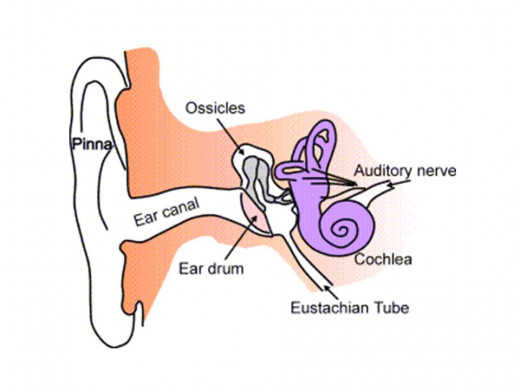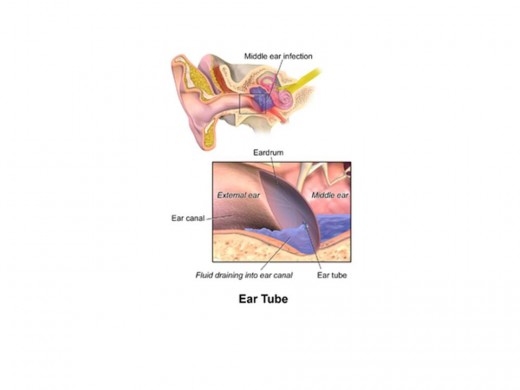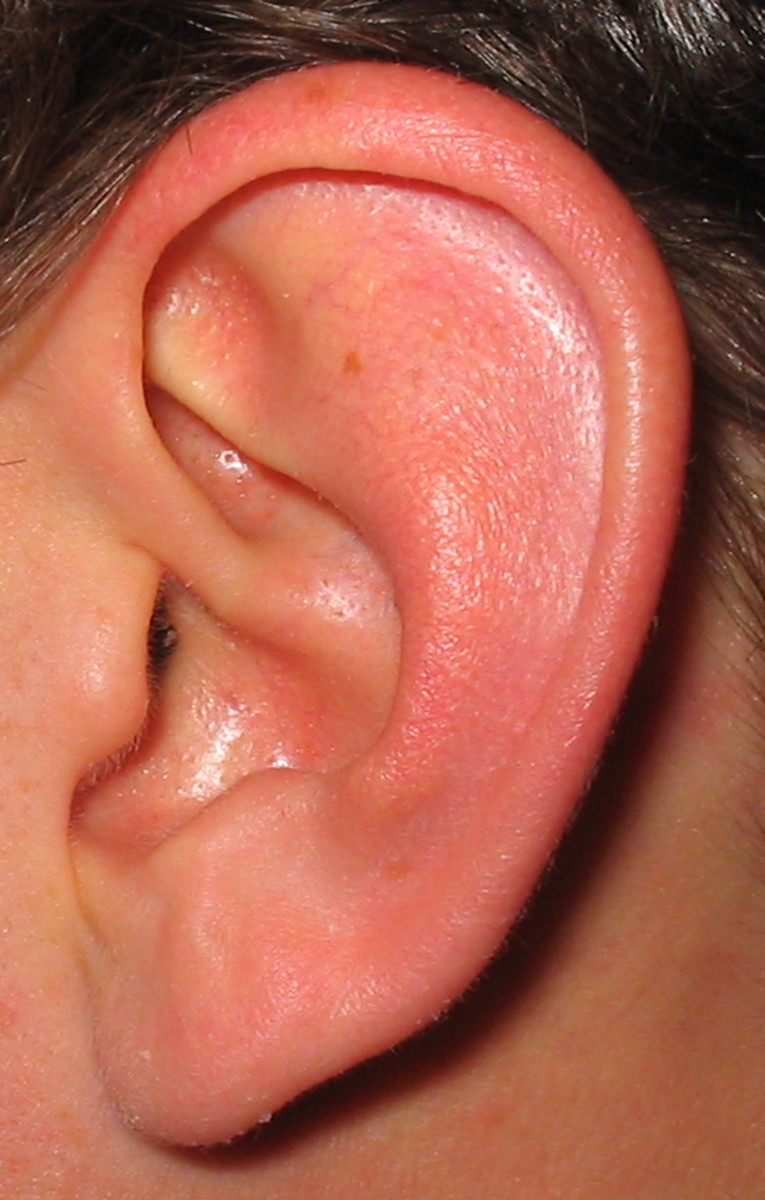Ear Health: Ear Tubes

What are Ear Tubes?
By definition, ear tubes (inserts in the ears via myringotomy) are known as grommets, pressure equalizing (PE) tubes, ventilation tubes, or tympanostomy tubes. They can be made from plastic, Teflon, or metal, and range in size depending on the length of time they are needed. Most are barely the size of a fingernail, and stay in the ear for an average of 1 year. Others might be larger for serious Eustachian tube problems requiring long-term use.
The tubes are not visible outside the ears, and will eventually exit the ears of their own accord, or they can be removed by a doctor. General anesthesia may or may not be necessary to do so. Regular check-ups with the Ear, Nose, and Throat (ENT) specialist are advised in keeping track of proper ear drainage and tube alignment.
Who Needs Them?
Most commonly, tubes are inserted in the ear drums when fluid is unable to drain on its own. That built-up fluid results in pain, pressure, temporary hearing loss, and chronic ear infections. Children who have had several ear infections in a row are most likely to need ear tubes at least once in their childhood. Some might even need ear tubes for several years, and can be as young as one year old or even an older adult.
It is important to note that ear tubes are not generally needed until frequent problems with fluid drainage and infections are present, or if they remain untreated with antibiotics. Ear tubes do not prevent the occurrence of ear infections, but many patients see a decrease in the frequency and severity of the infections. They are also not cheap – it can literally be a few thousand dollars per ear to have tubes. So before opting for them, get the pediatrician's recommendation for an ENT who will further evaluate your child. A simple hearing test will be conducted, followed by an ear scan to measure the presence of fluid behind the eardrum. At that point, the specialist will talk with you about having ear tubes inserted.

How are Ear Tubes Inserted?
A specialized surgeon known as an otolaryngologist with perform the myringotomy (ear tube surgery). The surgery can be as quick as 10-15 minutes under general anesthesia, or up to an hour. It involves making a small slit per eardrum to allow for fluid drainage. A tube is then inserted in the hole as a way to stabilize pressure and ensure proper drainage of ear fluid.
Myringotomy Procedural Information
What to Expect Post-Op
The patient can leave within an hour of recovery time, and resume normal activity thereafter. Coming out of anesthesia might be the only thing to anticipate as uncomfortable – small children might be cranky, nauseated, and might even vomit shortly after surgery. There is little pain associated with a myringotomy. Ear drops are prescribed to ward off complications during those first few days. It is not uncommon to see slight bleeding from the ears. Immediate improvements associated with balance, hearing, speech, and pain are to be expected the very same day of the procedure.









